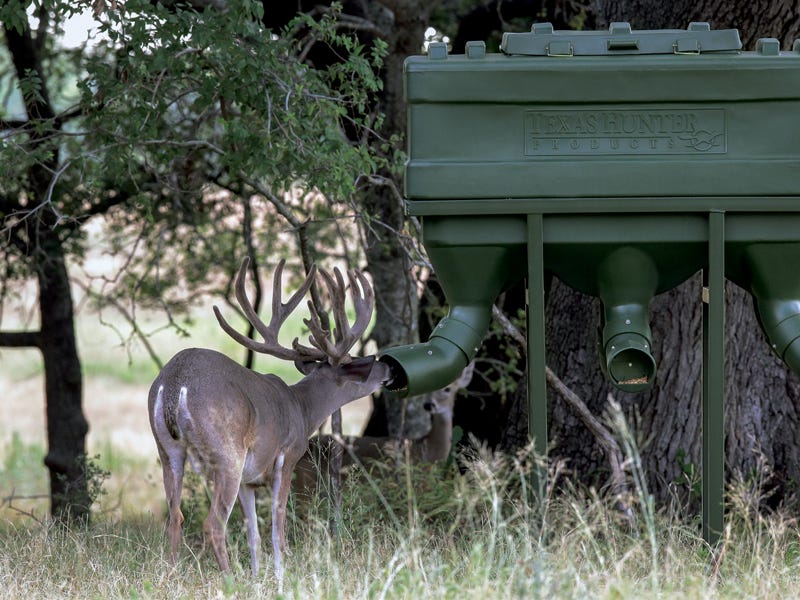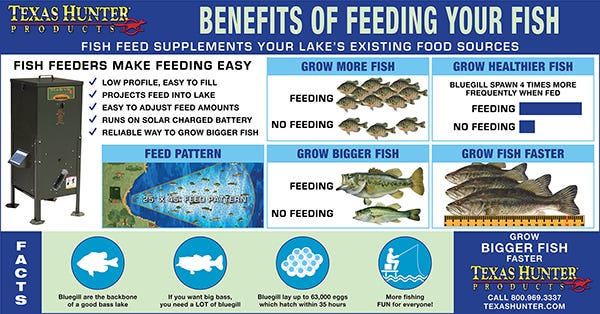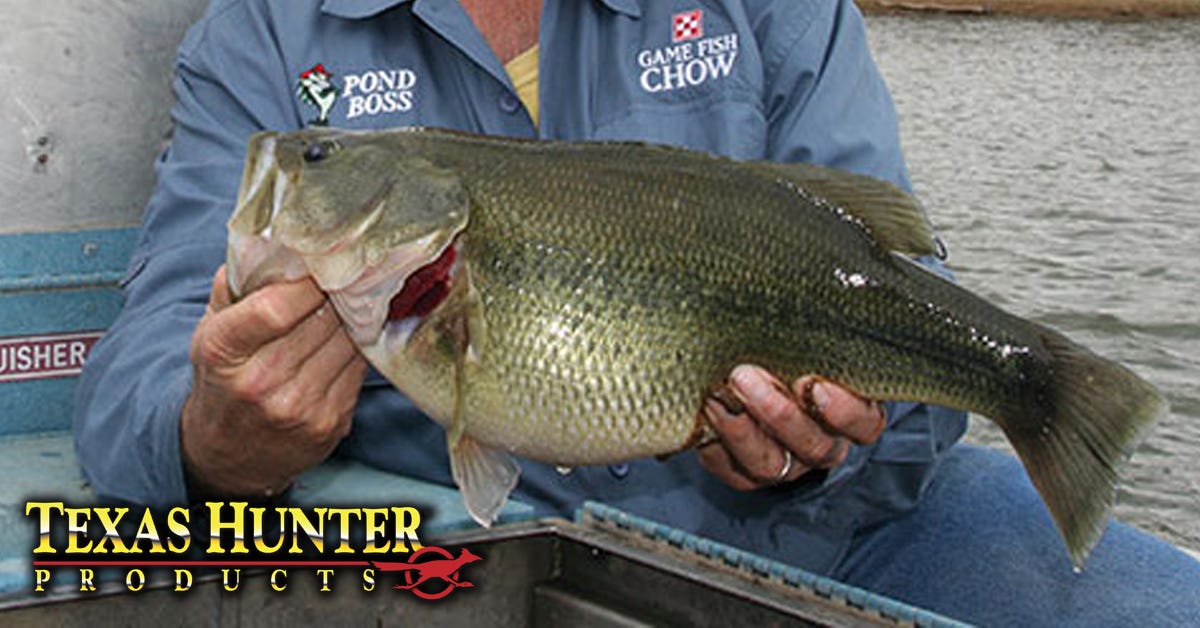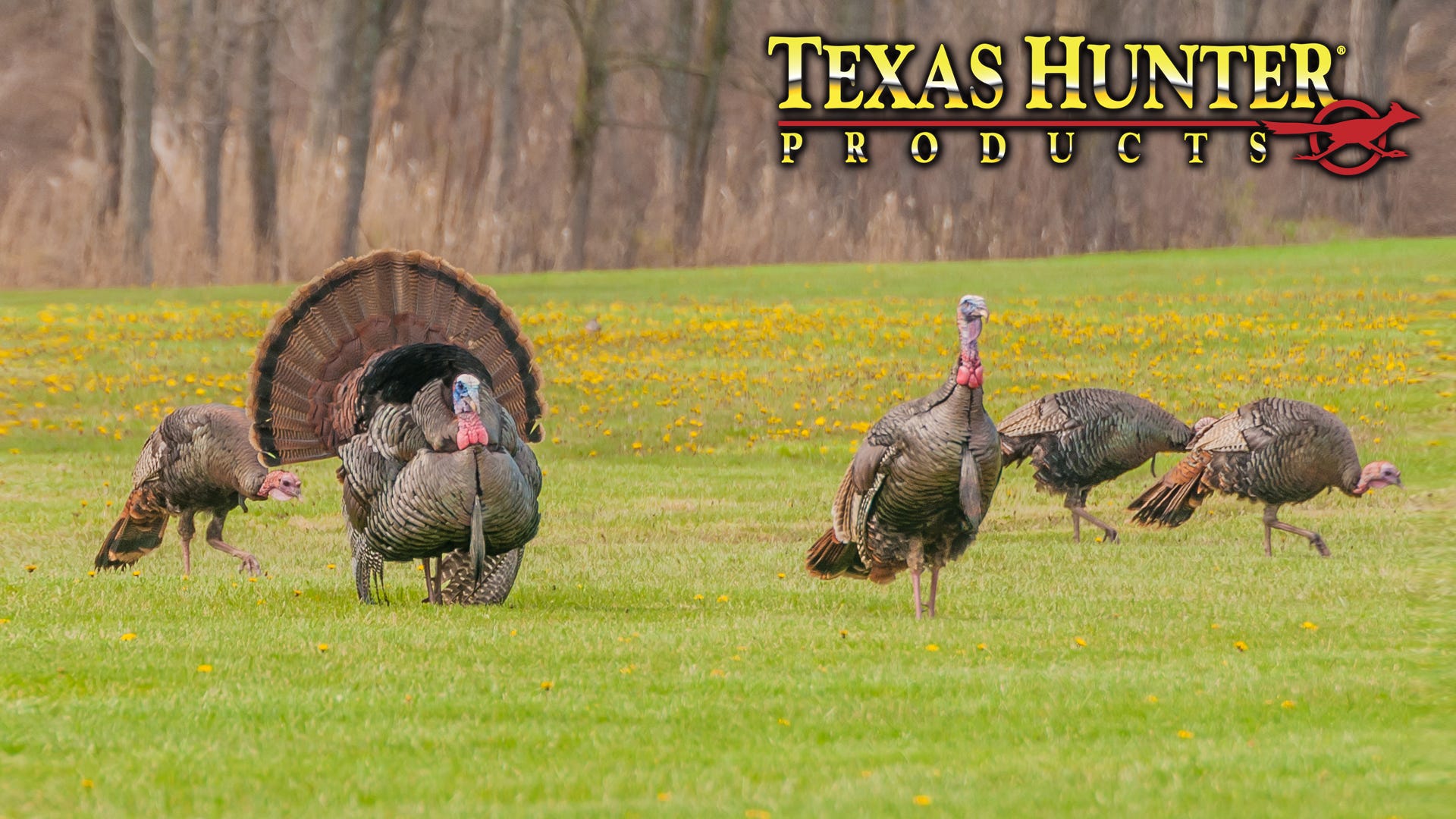- Mar 3, 2022
Refuel After The Rut

By Dave Edwards, National Deer Association
Bucks expend a great deal of energy during the fall preparing for and participating in the rut. Depending on the buck:doe ratio, activities like scraping, rubbing, fighting, seeking and chasing can stretch over weeks or even months, and during this time bucks spend less time feeding than normal. Even in well managed herds with balanced buck:doe ratios, bucks can lose up to 30 percent of their weight during the rut. By the time they reach winter, they are pretty well drained.
Coincidentally, with deer season behind them, many hunters overlook the importance of ensuring the deer herd has access to high-quality winter nutrition.
Your goal should be to keep the deer herd moving in a positive direction through winter so it can produce more fawns and grow bigger antlers. The key is to ensure they enter spring green-up in good condition so they can use this highly nutritious forage for body and antler growth instead of recovery. Deer herds without quality late-winter food sources spend spring replenishing and rebuilding their bodies. These deer may replace lost weight, but they run out of time to add much weight before the fall dance begins again, so they remain behind the 8 ball. Deer that enter spring in good condition gain weight during the spring and summer, produce more fawns that survive, and enter fall much heavier and with bigger antlers.
Here are a few things you can do to help the deer herd get through the post-rut stress period in great shape.
Maintain a balanced deer density
Maintaining a deer density that is in balance with the existing habitat is key as it means adequate nutritional resources for every deer. Increased quality resources means healthier and heavier deer, more fawns, higher fawn survival, and bigger antlers. If deer density where you hunt exceeds available nutrition, harvest an appropriate number of does in the fall to reduce competition for late-winter foods.
Maintain a balanced buck:doe ratio
A balanced buck:doe ratio will result in a more intense rut that will be relatively short and concise – not to mention more exciting hunting! In fact, maintaining a balanced buck:doe ratio is one of the tools I use to get mature bucks in front of hunters. Increased rut competition forces mature bucks to actively seek does in the daylight. While we want the big boys to expose themselves and make mistakes while chasing the girls, we also want them to go back to feeding as soon as possible to ensure they go into the next spring in good condition.

You can push the buck:doe ratio toward balance by 1) taking an appropriate number of does each fall and 2) protecting most yearling bucks and maybe (if you choose) some additional age classes so that numbers of adult bucks can grow. The more young bucks you protect, the faster you’ll see the benefits of a balanced buck:doe ratio.
Your goal should be to keep the deer herd moving in a positive direction through winter so it can produce more fawns and grow bigger antlers.
Encourage young forest cover
Doe harvest brings deer density down to align with habitat quality, but you should also raise habitat quality to align with herd density at the same time. Woody browse – such as twigs, stems and dormant buds of understory plants – is very important in winter deer nutrition, especially in the North. Encourage more natural forages and browse through managing mature forests to put sunlight back on the ground.
Include annual & perennial clovers
Annual clovers like crimson, arrowleaf and Frosty berseem help extend the life of a typical small-grain fall food plot and provide food well into early summer. These clovers will be most productive when the cereal grains like wheat and oats begin to fade in late winter and early spring. I also include perennial white clover and chicory into my fall annual plots if I do not plan to double-crop the field with a summer food plot. These species are very nutritious, preferred by deer, and can last throughout the summer. Although deer will not use the food plots as much once spring green-up hits, they return within a couple weeks and may use the highly nutritious plots throughout early summer. Coincidentally, this is also the time when antler development begins.
Conduct dormant-season fire
Burning has many obvious benefits for wildlife and wildlife habitat. Mid-winter or dormant season prescribed fire will result in an abundance of newly germinated plants that provide quality natural food sources for deer in early spring. These areas also will continue providing quality food sources well into summer. Also, I cannot fail to mention that areas burned in the winter are gold mines during spring turkey season!
Start supplemental feeding in fall
If you live in a state where supplemental feeding and/or hunting near bait is legal, and you really want to go the extra mile, providing supplemental feed can give deer another food option throughout the fall and during the rigors of the rut and winter. Deer use of supplemental feed will increase as the rut fades and deer begin to recuperate. Although deer will back off using feed during spring green-up, their consumption will increase significantly a couple weeks afterwards as their bodies are demanding more nutrition for fawning, antler growth and other needs.
Remember not to introduce supplemental feed suddenly in large amounts when deer are already on winter food sources. This type of “emergency” action can actually be harmful as deer need to be gradually introduced to new foods in winter so that their rumens can adapt to digesting it efficiently.
While there are many things that influence the condition of a deer herd, implementing strategies that ensure deer have quality foods during late winter will result in healthier deer, more fawns, and bigger antlers. Many of these steps should be taken during hunting season, so do what’s necessary to ensure deer are well fed in winter!
##
Maximize your supplemental feeding with Texas Hunter Products Xtreme Protein Feeders. Specially engineered contour design provides a continuous flow of feed. Indestructible roto-molded hopper will never rust, and built-in UV protection keeps feed fresh and cool through the warm season. Multiple capacities are available through TexasHunter.com.




